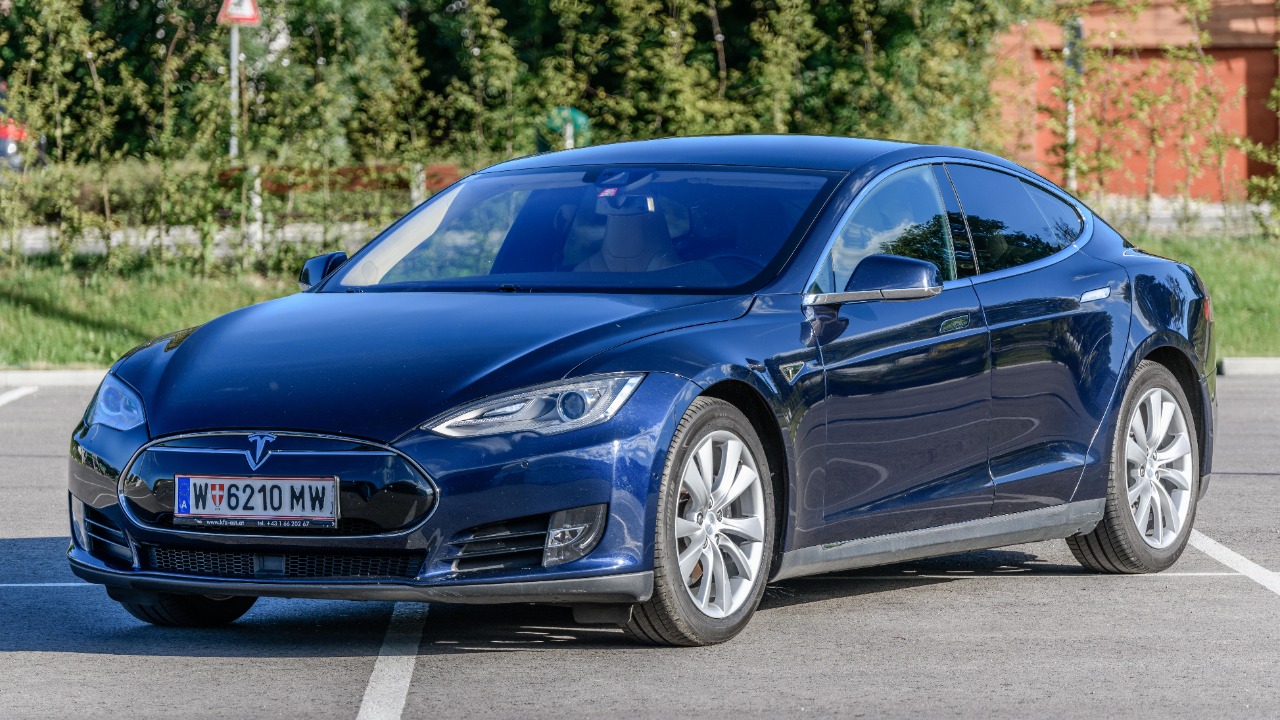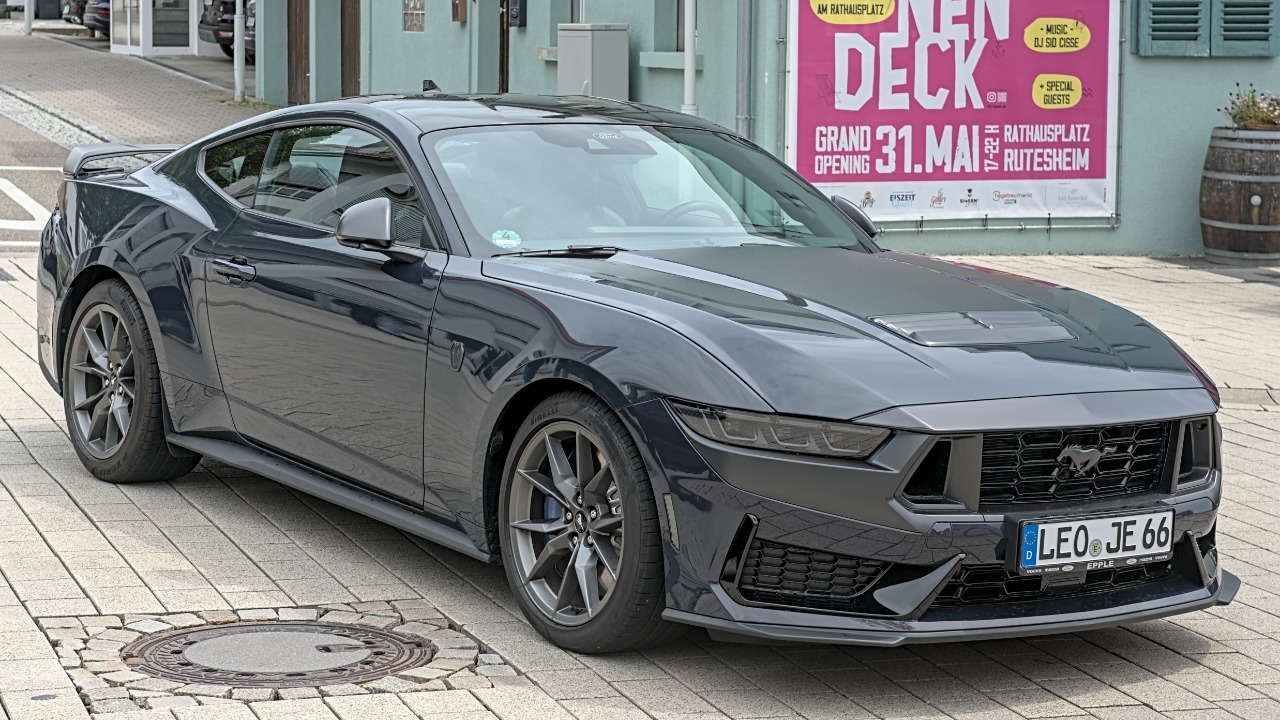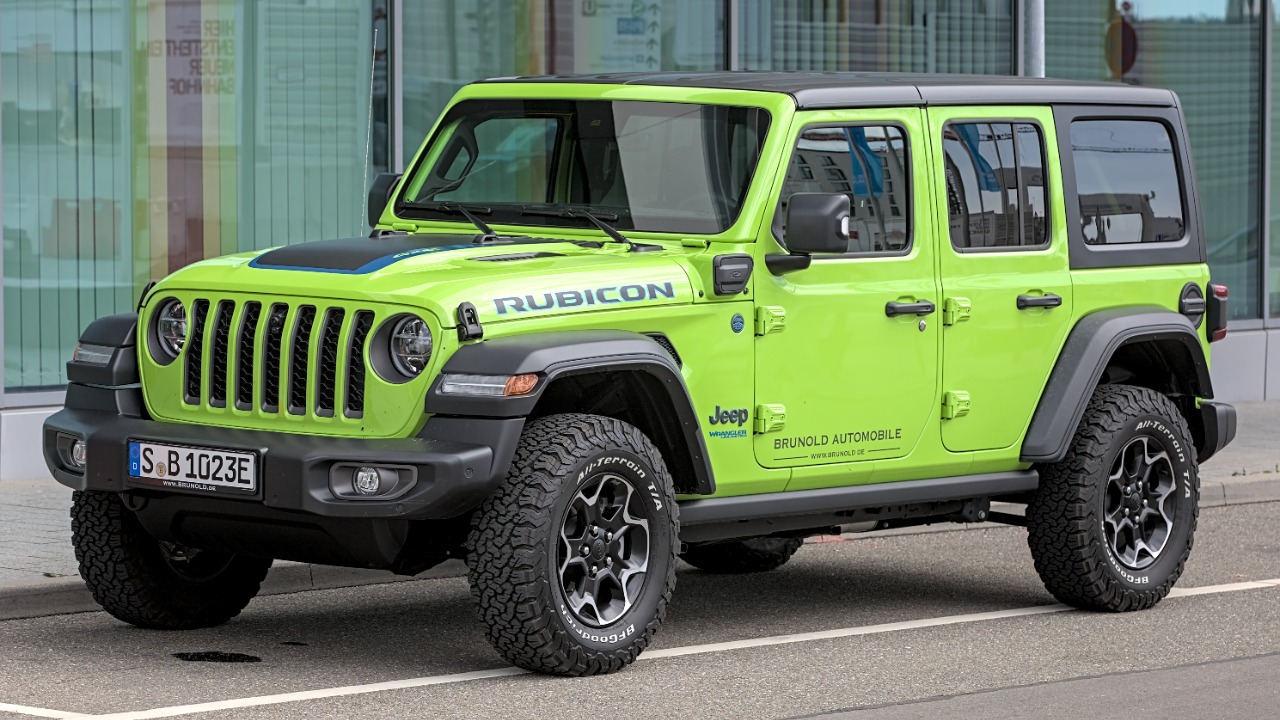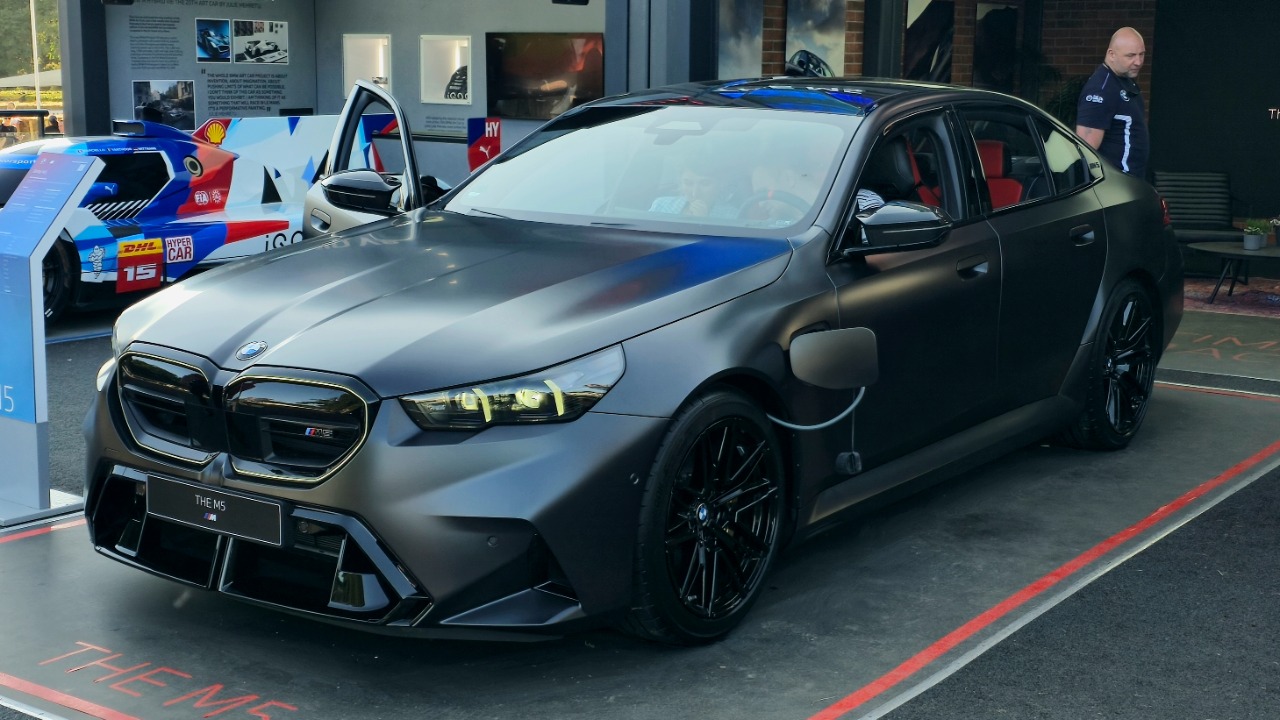
In 2025, several car models have found themselves on the blacklist of insurance companies due to various factors such as high repair costs, theft rates, and safety concerns. These vehicles, despite their popularity or performance, pose significant risks to insurers, leading to increased premiums or outright refusal of coverage. Below, we explore six such cars that have been flagged by insurers this year.
Tesla Model S: High Repair Costs and Frequent Claims

The Tesla Model S, a pioneer in electric luxury vehicles, has become a concern for insurers primarily due to its high repair costs. According to reports, the repair costs for the Tesla Model S are 30% higher than the average vehicle, largely attributed to its advanced technology and specialized parts (source). This complexity not only makes repairs more expensive but also more frequent, as owners face challenges with the vehicle’s intricate systems.
Moreover, the frequency of insurance claims for the Tesla Model S is notably higher than other luxury vehicles, with a 50% increase in claims reported (source). This trend suggests that owners of the Model S are more likely to file claims, possibly due to the vehicle’s performance capabilities and the learning curve associated with its technology. As a result, insurers are wary of the financial implications, leading to the Model S being blacklisted by some companies.
These factors combine to make the Tesla Model S a challenging vehicle for insurers to cover. The high repair costs and frequent claims create a financial burden that many insurance companies are unwilling to bear. As electric vehicles continue to evolve, it will be interesting to see how insurers adapt their policies to accommodate these technological advancements while managing risk effectively.
In addition to repair costs and claims frequency, the Tesla Model S has also been noted for its vulnerability to minor accidents causing significant damage. The vehicle’s aluminum body, while lightweight and efficient, is more susceptible to dents and damage compared to traditional steel bodies. This susceptibility can result in higher repair bills even for minor collisions, further contributing to the vehicle’s high insurance risk profile. Insurers are particularly concerned about the cost of recalibrating the vehicle’s advanced driver-assistance systems after repairs, which can add to the overall expense (source).
Ford Mustang: High Theft Rates

The Ford Mustang, an iconic American muscle car, has unfortunately gained notoriety for its high theft rates. According to the National Insurance Crime Bureau, the Mustang was the most stolen vehicle in 2024, highlighting its appeal to car thieves (source). This alarming statistic has made insurers cautious, as the likelihood of theft translates directly into higher insurance claims and payouts.
In addition to being the most stolen vehicle, the Ford Mustang has seen a 20% increase in theft claims compared to the previous year (source). This surge in theft claims indicates a growing trend that insurers cannot ignore. The combination of the Mustang’s desirability and its vulnerability to theft makes it a high-risk vehicle for insurance companies.
As a result, many insurers have opted to blacklist the Ford Mustang or significantly increase premiums for its coverage. This decision reflects the need to mitigate potential losses associated with theft claims. For Mustang enthusiasts, this means facing higher insurance costs or seeking alternative coverage options that may offer more favorable terms.
Beyond theft rates, the Ford Mustang’s appeal to younger drivers, who statistically have higher accident rates, adds another layer of risk for insurers. This demographic trend contributes to a higher likelihood of claims, as younger drivers are often involved in more accidents. Insurers must consider both the theft risk and the potential for increased accident claims when determining coverage options for the Mustang (source).
Chevrolet Camaro: Poor Safety Ratings

The Chevrolet Camaro, another beloved American muscle car, has faced scrutiny from insurers due to its poor safety ratings. In 2024, the National Highway Traffic Safety Administration awarded the Camaro a 2-star safety rating, raising concerns about its crashworthiness and occupant protection (source). This low rating has significant implications for insurers, as vehicles with poor safety records are more likely to be involved in accidents, leading to increased claims.
Insurers have cited the Camaro’s increased accident risk as a primary reason for blacklisting the vehicle (source). The combination of high performance and inadequate safety features makes the Camaro a liability on the road. Drivers may be more prone to accidents, resulting in costly claims that insurers are eager to avoid.
For Camaro owners, this means facing challenges in obtaining affordable insurance coverage. The vehicle’s poor safety ratings and associated risks have led many insurers to either refuse coverage or impose higher premiums. As safety standards continue to evolve, it remains to be seen how manufacturers will address these concerns to improve the Camaro’s standing with insurers.
Furthermore, the Chevrolet Camaro’s design prioritizes performance over safety, which can be seen in its lack of advanced safety features that are standard in other vehicles. The absence of features such as automatic emergency braking and lane-keeping assist, which are increasingly common in modern vehicles, contributes to its poor safety ratings. Insurers are particularly wary of vehicles that do not incorporate these technologies, as they have been shown to reduce the likelihood of accidents (source).
Jeep Wrangler: High Off-road Damage Claims

The Jeep Wrangler, renowned for its off-road capabilities, has become a concern for insurers due to the high incidence of off-road damage claims. Reports indicate that off-road damage claims for the Wrangler are 40% higher than for similar models, reflecting the vehicle’s frequent use in challenging terrains (source). This trend poses a significant risk for insurers, as off-road adventures often result in costly repairs.
In addition to the high frequency of damage claims, insurers have observed a spike in repair costs associated with the Wrangler’s off-road usage (source). The rugged nature of off-road driving can lead to substantial wear and tear, necessitating expensive repairs that insurers are reluctant to cover. This has led to the Wrangler being blacklisted by some insurance companies.
For Jeep Wrangler enthusiasts, this presents a challenge in securing affordable insurance coverage. The vehicle’s reputation for off-road damage and associated repair costs make it a high-risk option for insurers. As a result, owners may need to explore specialized insurance policies that cater to off-road vehicles or accept higher premiums to maintain coverage.
Additionally, the Jeep Wrangler’s design, which emphasizes off-road capability over on-road comfort, can lead to increased wear and tear even during regular use. The vehicle’s solid axles and rugged suspension, while ideal for off-roading, can result in a harsher ride and more frequent maintenance needs. Insurers take these factors into account, as they can lead to higher long-term costs and increased claims frequency (source).
Porsche 911: Expensive Parts and High Repair Costs

The Porsche 911, a symbol of luxury and performance, has found itself on the blacklist of insurers due to its expensive parts and high repair costs. Reports indicate that repair costs for the Porsche 911 are 45% higher than the average for sports cars, making it a costly vehicle to maintain (source). This financial burden is a significant concern for insurers, as high repair costs translate into increased claims and payouts.
In addition to the high repair costs, insurers have noted that Porsche 911 parts are among the most expensive in the industry (source). The combination of costly parts and frequent repairs makes the 911 a challenging vehicle for insurers to cover. This has led to the vehicle being blacklisted by some companies, as they seek to minimize potential losses.
For Porsche 911 owners, this means facing higher insurance premiums or difficulty in obtaining coverage. The vehicle’s reputation for expensive repairs and parts makes it a high-risk option for insurers, who are wary of the financial implications. As a result, owners may need to explore alternative insurance options or accept higher premiums to maintain coverage.
Moreover, the Porsche 911’s high-performance nature means that even routine maintenance can be costly. The vehicle’s specialized components require skilled technicians and often involve expensive parts, contributing to the overall cost of ownership. Insurers must factor in these maintenance costs when assessing the risk associated with covering the 911, as they can lead to increased claims for routine upkeep (source).
BMW M5: High Performance, High Risk

The BMW M5, known for its high performance and luxury, has become a concern for insurers due to its association with speeding violations and accident risk. According to a study by the Highway Loss Data Institute, the M5 is associated with a 60% higher likelihood of speeding violations, highlighting its appeal to drivers seeking high-speed thrills (source). This trend poses a significant risk for insurers, as speeding violations often lead to accidents and costly claims.
Insurers have also highlighted the M5’s high performance as a risk factor for accidents (source). The vehicle’s powerful engine and advanced features make it a tempting choice for drivers who enjoy pushing the limits, increasing the likelihood of accidents and insurance claims. This has led to the M5 being blacklisted by some insurance companies, as they seek to mitigate potential losses.
For BMW M5 owners, this presents a challenge in securing affordable insurance coverage. The vehicle’s reputation for high performance and associated risks make it a high-risk option for insurers. As a result, owners may need to explore specialized insurance policies that cater to high-performance vehicles or accept higher premiums to maintain coverage.
Additionally, the BMW M5’s advanced technology and high-performance features can lead to increased repair costs in the event of an accident. The vehicle’s complex systems require specialized knowledge for repairs, which can drive up costs significantly. Insurers are particularly cautious of vehicles like the M5, where the combination of high performance and advanced technology can result in costly claims (source).